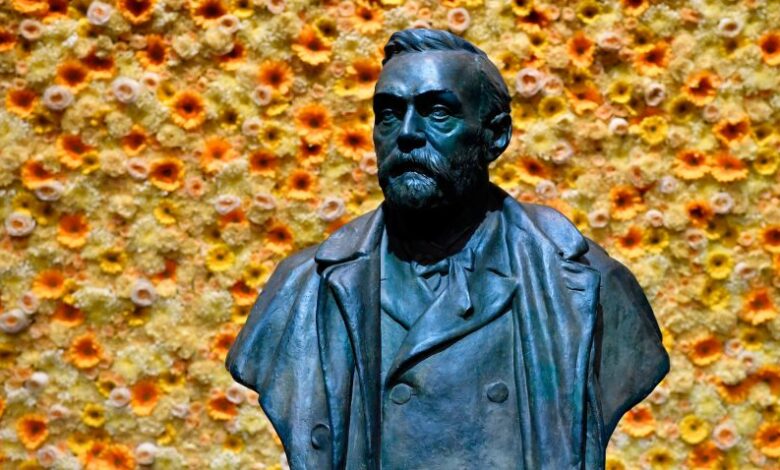
The prize was won by Moungi Bawendi, Louis Brus and Alexei Ekimov, the Nobel committee for chemistry announced in Stockholm on Wednesday.
“For a long time, nobody thought you could ever actually make such small particles. But this year’s laureates succeeded,” said Johan Aqvist, chair of the committee.
The committee explained how the scientists’ work had helped develop quantum dots.
In the 1980s, Ekimov created size-dependent quantum effects in colored glass. “The color came from nanoparticles of copper chloride and Ekimov demonstrated that the particle size affected the color of the glass via quantum effects,” the committee said.
A few years later, Brus became the first scientist to prove size-dependent quantum effects in particles floating freely in a liquid.
In 1993, Bawendi then changed the chemical production of quantum dots, resulting in what the committee called “almost perfect particles.” This development allowed the dots to be used in applications.
Bawendi, a professor at the Massachusetts Institute of Technology, and Brus, professor emeritus at Columbia University, are American. Ekimov is Russian and works for Nanocrystals Technology Inc.

The committee inadvertently published their names hours before the official announcement.
Swedish newspaper Aftonbladet published a copy of an email it said was from the academy, Reuters reported.
Aqvist told Reuters: “It is a mistake by the Royal Swedish Academy of Sciences. Our meeting starts at 0930 CET (0730 GMT) so no decision has been made yet.”




